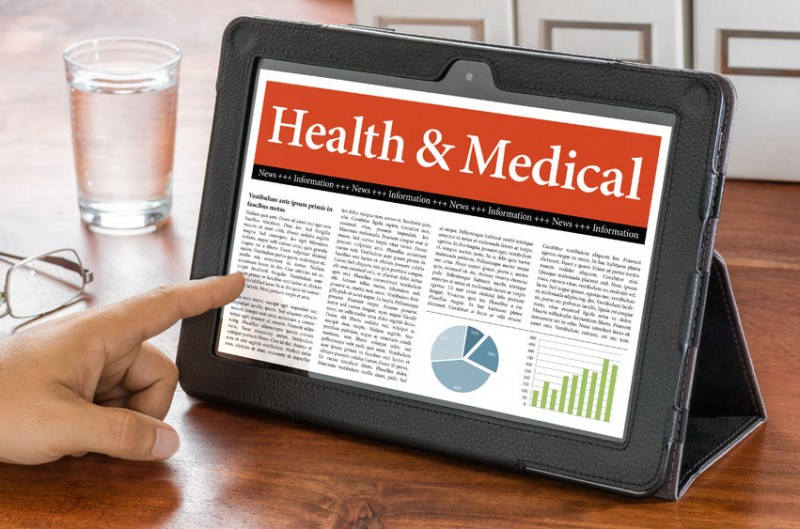Health resources should be easy to read
Web page articles and written resources complement health promotion efforts.
People like to read about their health and how they can support their health through physical activity, healthy diet and other interventions.
But when these written resources are difficult to read, it can limit their effectiveness.
When resources are written in plain, simple language, they are more likely to have a positive impact on health literacy and provide the knowledge, motivation and confidence needed to apply that information. But when they include complicated language and jargon, people find it hard to understand what they are reading and can easily become confused. This could result in unnecessary pain and injury.
Researchers from Oregon University conducted a readability review of 163 resources from popular health promotion websites such as WebMD.com, Heart.org and CDC.gov. They grouped the articles based on their sources: government, professional association, voluntary health agency or commercial. They then used several readability formulas to measure the reading-grade level of each resource.
The researchers found that more than 50 per cent of the articles, which covered various topics — physical activity, technical instructions, management of specific health conditions — were written above eight-grade reading level. This is the maximum reading level for optimum readability and accessibility. Only 2.5 per cent of the resources were written for optimum reading levels at fifth grade or less.
Only 2.5 per cent of the resources were written for optimum reading levels at fifth grade or less.
In a second analysis, the researchers examined 14 studies published between 1992 and the present. When combined, this resulted in 800 written health resources covering various topics such as physical fitness and sports medicine.
The average reading level of these articles was more than 10th grade, which is two grades higher than the maximum level. There was also no difference between government and non-government resources.
The findings of both the papers highlight the importance of readability in reaching target audiences. When readability levels are so high, it makes it difficult for underrepresented audiences, such as those for whom English is a second language and those with less formal education, to understand.
Despite the efforts that have been made to improve readability of these health resources, the study shows that organisations and health websites have a long way to go.
The goal for all such resources should be to ensure they are easily readable and understood.
So if you are a health service provider or write about health information, this is a great point to keep in mind when writing your health resources.
Source: Quest








